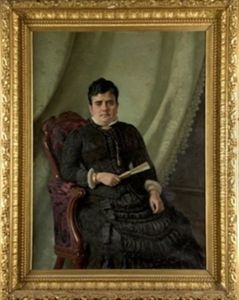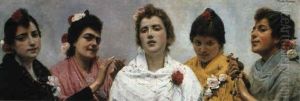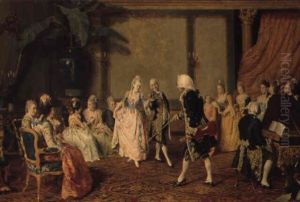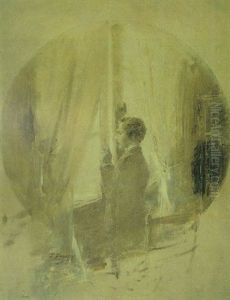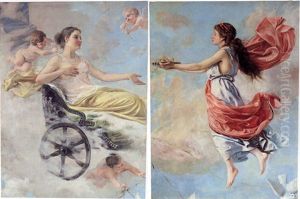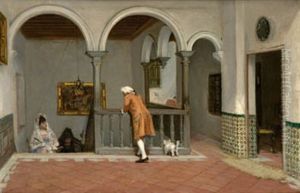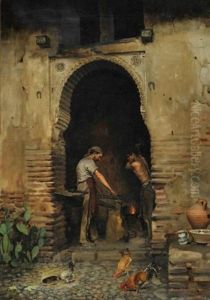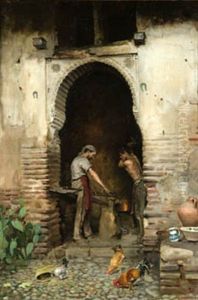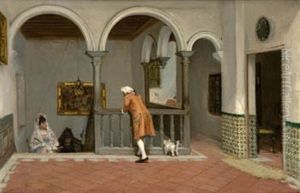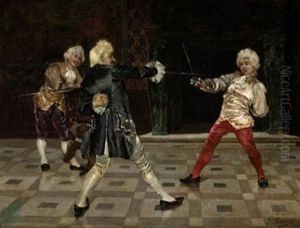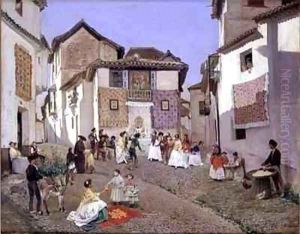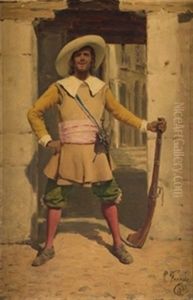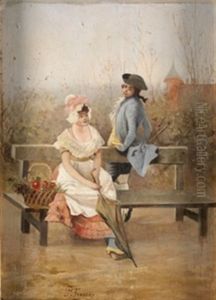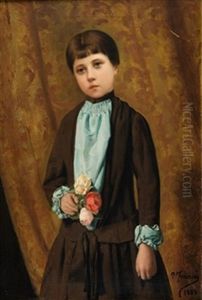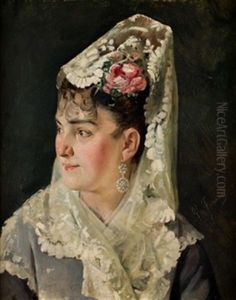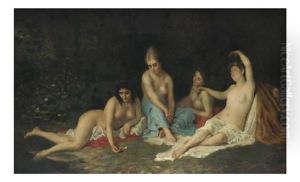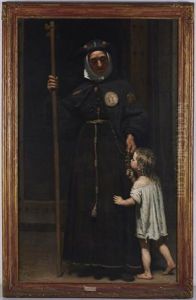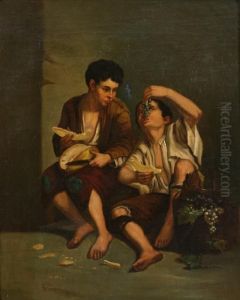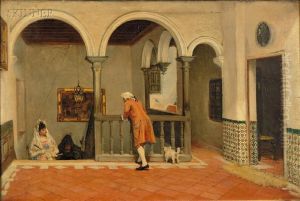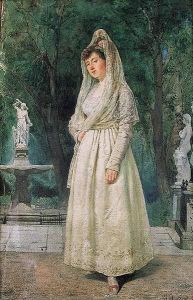Placido Frances y Pascual Paintings
Plácido Francisco Pascual, known as Plácido Frances y Pascual, was a distinguished Spanish painter born in 1807 in Valencia, Spain. His work is closely associated with the Spanish romantic movement of the 19th century, and he is known for his historical scenes, portraits, and landscapes.
Frances studied at the Royal Academy of Fine Arts of San Carlos in Valencia, where he honed his skills in painting and developed a strong foundation in academic art. From an early age, he showed a remarkable talent, and his early works already demonstrated a command of the pictorial language of the time.
After his time at the academy, Frances went on to further his studies in Madrid and then in Rome, where he was greatly influenced by the Italian masters. His stay in Rome allowed him to absorb the classical tradition, which would become a significant element in his work. He was particularly influenced by the Renaissance and Baroque periods, incorporating their techniques and aesthetics into his own style.
Upon returning to Spain, Frances became a prominent figure in the art scene. He was appointed as a court painter, a prestigious position that allowed him to receive important commissions from the Spanish royalty and nobility. His works often reflected the romantic spirit of the era, characterized by an emphasis on emotion, exoticism, and historical nostalgia.
Throughout his career, Frances produced a substantial oeuvre that included historical paintings, which were particularly popular in the 19th century due to the rise of nationalism and a fascination with the past. His paintings often depicted dramatic moments from Spanish history, filled with vibrant color and dynamic composition. He also created portraits that captured the likeness and personality of his subjects with sensitivity and detail.
Frances was also an educator, imparting his knowledge to a new generation of artists as a professor at the Academy of San Carlos. His influence extended beyond his own works, as he played a role in shaping the direction of Spanish art during a period of significant cultural development.
Plácido Frances y Pascual passed away in 1879, leaving behind a legacy as one of the most important Spanish painters of his time. His works continue to be studied and admired for their technical skill, historical significance, and artistic beauty.
